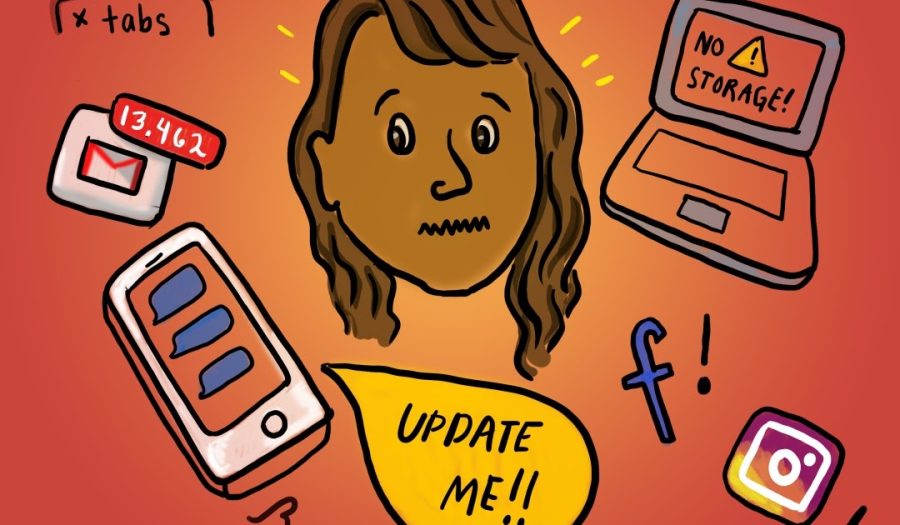Blog post 2: Construction of identity in a digital world
Since the inception of the internet, there has been a digital world created that consists of users whom are individuals in the real world but with digital personas and identities. Websites such as social media platforms have peer-to-peer interaction features that allows people to engage with each other online by allowing them to create accounts that becomes their identity. Facebook and X (formerly Twitter) for example have millions if not billions of user accounts registered to people that are used to communicate through the network under the guise of an online identity created by themselves. Now there are many characteristics of identity such as race, gender, sexuality, religion that people can fit into and choose in a way different than in real life.
With the increased use of social media, it has become easier for people to choose what they share online from their photos to their posts to their personal information. A lot of thought usually goes into the online construct of their identity which may differ from their real personalities. Platforms like Facebook and X have features which make it simpler for users to portray themselves to a specific audience they have connected with similar hobbies or interests whilst also shielding away parts of themselves from other audiences like parents or other relatives or people. In an article written on Medium.com, the writer writes that female users of social media typically share photos of themselves which members of the opposite gender would find attractive which also goes for the men too. This indicates there is a choice in self-representation on social media. Like on X, celebrities and other notable individuals with big names who are verified on the platform share tweets that are intended for certain audiences for them to influence their views or philosophies or agendas that comes under the guise of a mask.
It is true though that social media has made it easier for people to connect with one another and express their online personalities or identities with each other due to it being a space for people to choose how they may come across in their online presence from gender, ethnicity, race, religion, political affiliations or even interests. There are also large numbers of people who are seeking validation from the digital world in the form of relationships with other constructed identities that means a lot to them both online and in the real world. Politicians whom are involved in political campaigns for example share their agenda and political philosophies with their target audience under the guise of a mask which would be their online self whom they might believe would be tailored to the expectation of a supporter or potential voter.
References:
- Haziq, S. (2019). Putting the best digital self forward in the age of Social Media. [online] Medium. Available at: https://medium.com/@haziqsabreen25/putting-the-best-digital-self-forward-in-the-age-of-social-media-d3dbec422b73.
- Couldry, N. and Hepp, A. (2017). The mediated construction of reality. Cambridge ; Malden: Polity, , Cop.
By: Abdikarim Abdi

